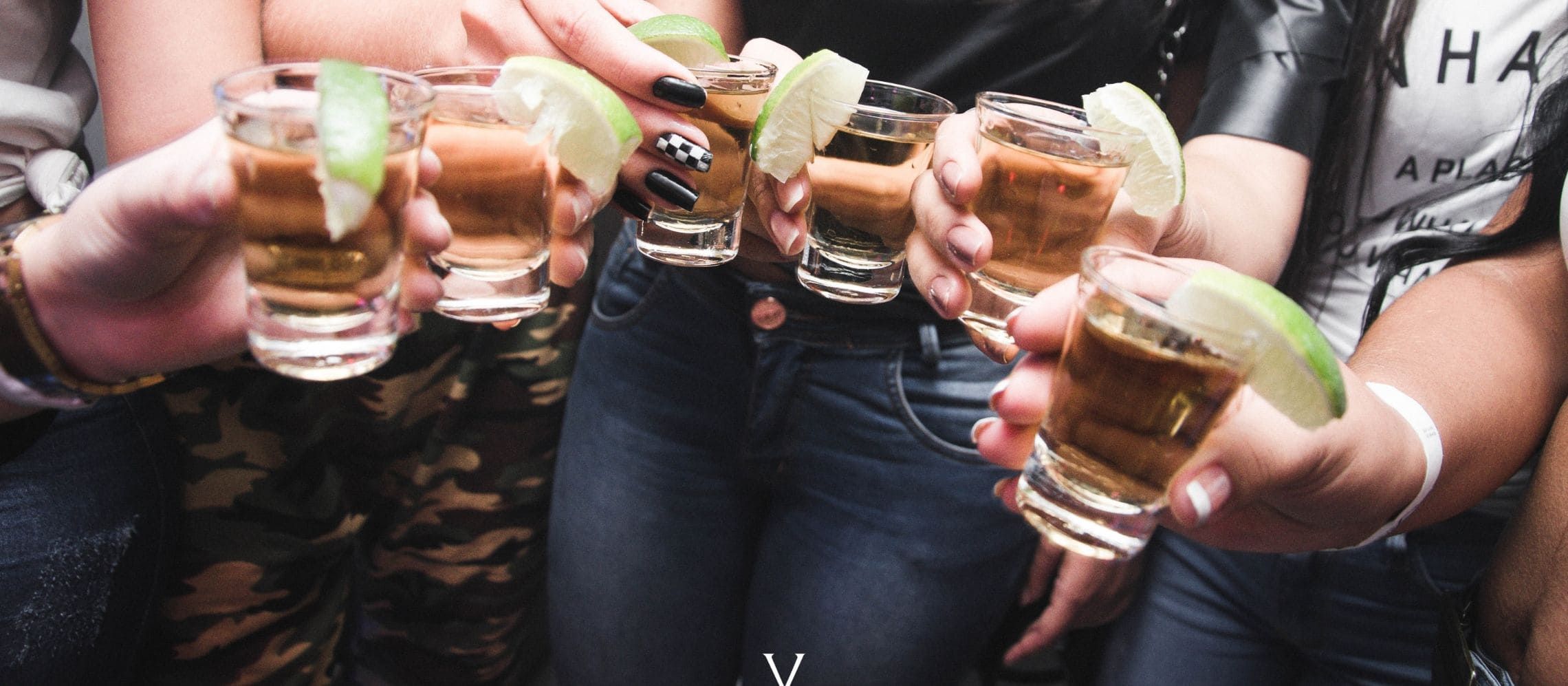Submission Deadline
28 February 2026
Judging
Date
24 & 25 March 2026
Winners Announcement
22 April 2026
28 February 2026
24 & 25 March 2026
22 April 2026

There might be a giant wall coming soon but liquids and spirits can easily overcome such obstacles and creep into places people can't. And that is exactly what Tequila has been doing for the past 20 years – with undeniable success. And the USA has been the first country to pay it a warm welcome.
So, let's have a closer look at the different types of Tequila and what impact its success among drinks aficionados around the globe might have.
First thing Tequila lovers pay attention to is the declaration “100% agave”. One must not falsely believe that there is tequila made from anything other than the blue Weber Agave – there is not. What the number refers to is that during the fermentation process no sugar had been added. Is the number missing it is an indicator that up to 49% of the sugar content in the must can come from other sources such as fructose or cane sugar? This tequila is known as Tequila Mixto and was first created in the 1920s when the prohibition in the USA saw a rise in demand that the Mexican producers could not accommodate the traditional production method. An agave plant takes 8 years to grow. Harvested too early there is not enough sugar in the heart of plant to start alcoholic fermentation. So, the farmers came up with an idea to help the spirit on the way by adding sugar cane syrup to the must. That way they could produce more and faster.
Although this method had been prohibited in 1949 it was re-established in 1964 with the cause that at least 51% of the sugar content must come from the Blue Agave. This law applies till today as mentioned before. Today most of the tequila consumed within Mexico is, in fact, Tequila Mixto, as it is also more affordable.
The 100% Agave Tequila is mostly exported. The biggest markets are the USA, there is rising interest from Europe and also China. The country used to have a ban on alcohol import from Mexico which was lifted in 2013 after the Chinese president visited Mexico. Since then the export volume to China has been soaring.
Outside Mexico Tequila was long seen as a cheap basis for exotic cocktails, and when in the 1980s the first Mexican restaurants opened in Europe guests treated themselves to a digestive tequila shot combined with a good pinch of salt and a lime wedge to bring it down after dinner. And in these days the available qualities definitely demanded these add ons.
But things have been changing since then. Many producers returned to their roots and took up the ancient production methods and put quality over quantity and many brands that were known for Tequila Mixto today are only producing 100% Agave.
From the mid-1990s on Tequila production doubled for almost ten years and with an ongoing demand for top-quality today agave farmers find it increasingly difficult to keep up, unless they are pulling up immature plants in order to keep cashing in. As a consequence, agave prices have skyrocketed and it is now the smaller and newer brands who start suffering, whereas the big brands have long-standing contracts with agave farmers that guarantee them supplies at prices that have been fixed by advance contracts that are not touched by the volatile market prices.
Meanwhile, experts fear that with increasing demands and Tequila becoming a global product, the reputation of the spirit is suffering.
But is this really a new phenomenon? No, the agave plant has been subject to a boom-bust-cycle before and the market didn't collapse– whether it was in the late 1990s or even 140 years ago.
But it is undeniable that the pressure is definitely on to find a balance between accommodating the thirsty audience and not sacrificing the legacy Mexico has been building since the 16th century when Tequila was produced for the first time.
Maybe it will help that the Tequila boom similar to the Gin boom will subside sooner or later and both distillers and farmers will be able to regain their resources for a while before they face just another Tequila sunrise.
The London Spirits Competition looks to recognise, reward and help promote spirits brands that have successfully been created to identify with and target a specific spirits drinker. For any spirits brand to earn its place on a retailer’s shelf or a restaurant’s spirits list - and then vitally stay there - they need to be marketable and consumer-driven and not just produced in the general hope it can find enough people willing to sell and buy it. To know more about the competition, click here.
Show your spirits where it matters. Get your products tasted by top bartenders, buyers and experts at the London Competitions — enter now.